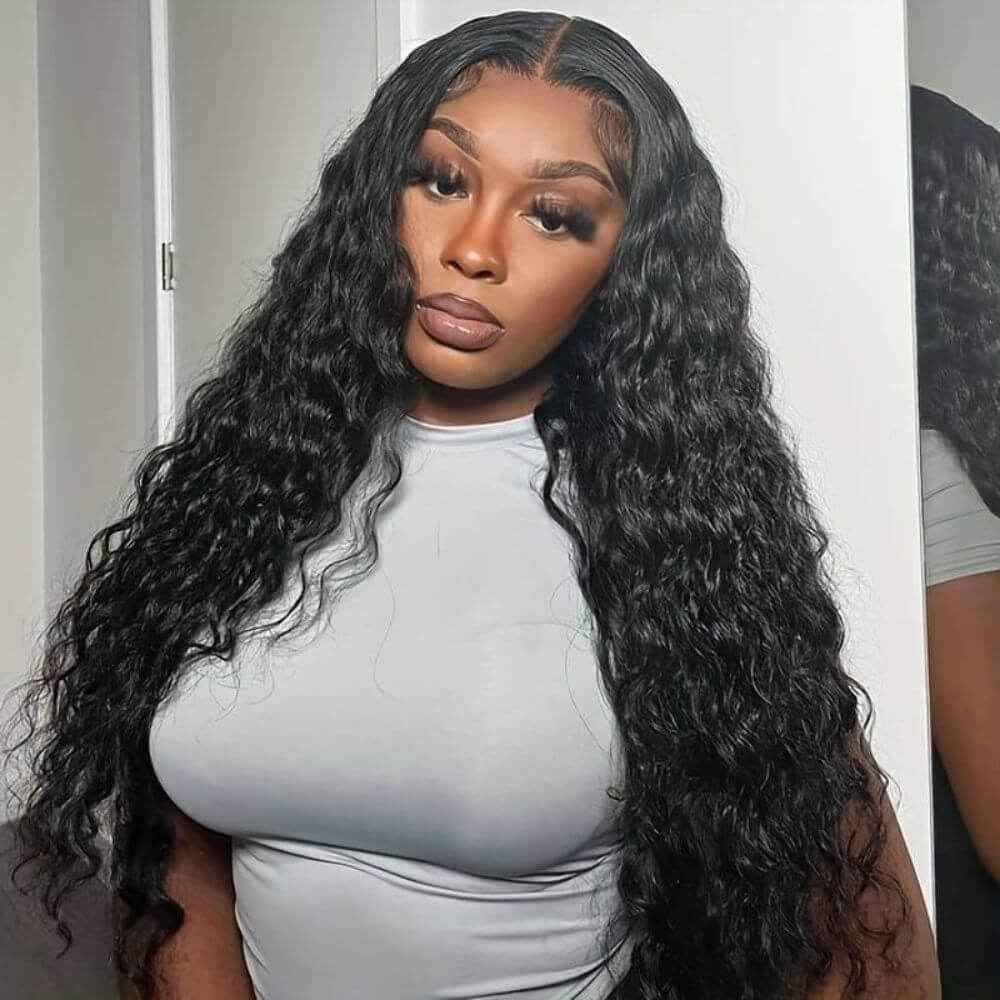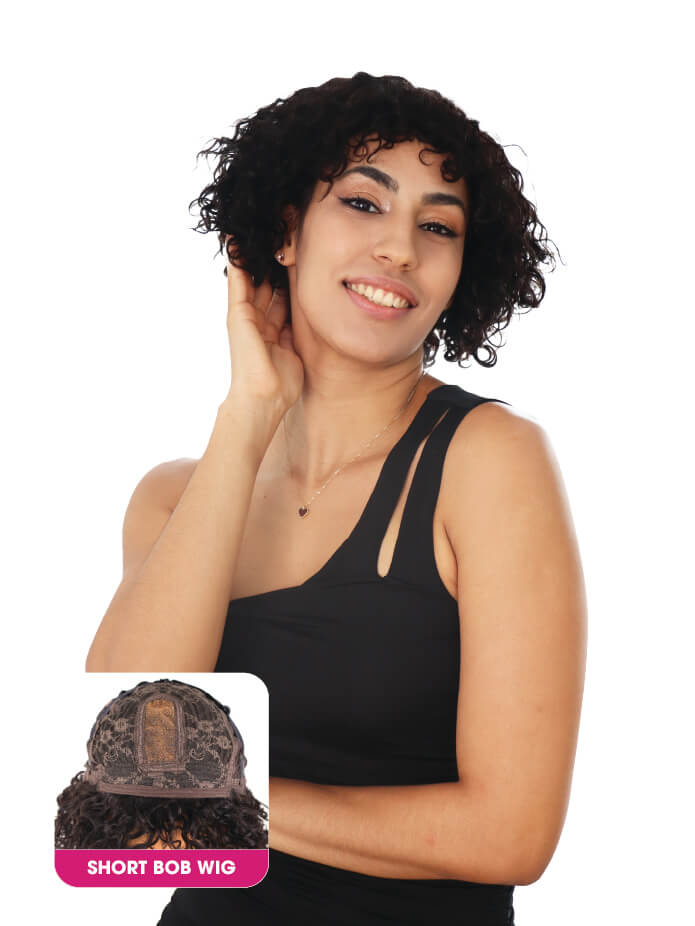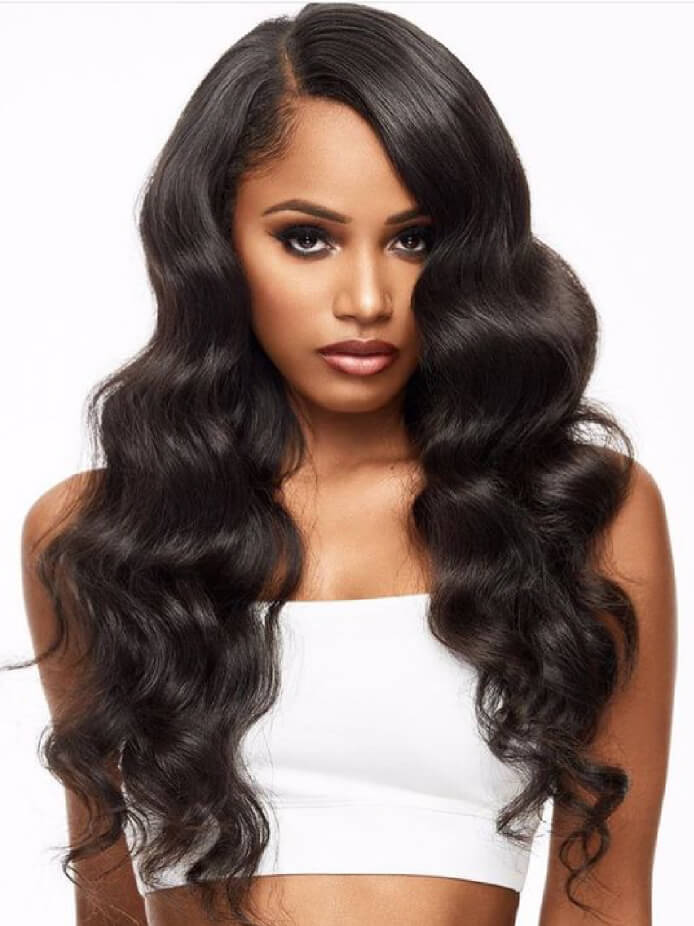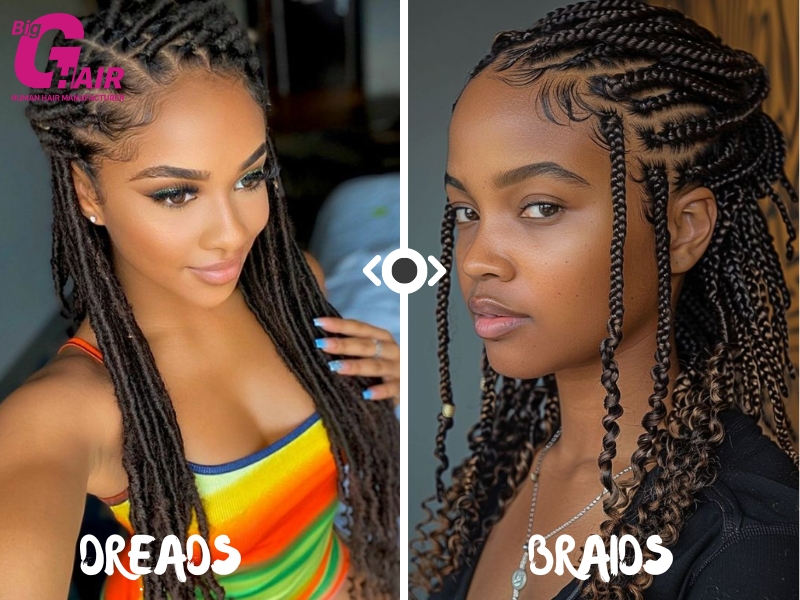
What’s the Difference Between Braids and Dreads Which Style is Right for You
What’s the Difference Between Braids and Dreads?
When it comes to hairstyling, braids and dreads are two popular choices that often get mixed up. While they might seem similar at first glance, they are distinct styles with unique histories, maintenance methods, and cultural significance. In this article, we will explore what’s the difference between braids and dreads, helping you make an informed choice if you’re considering either look.
What Are Braids?
Braids are a type of hairstyle where the hair is woven together in a structured pattern. They can be simple, like three-strand braids, or more complex styles such as box braids or cornrows. The main characteristic of braids is that they involve parting the hair into sections and then intertwining those sections. Braids can be tight or loose, long or short, and are versatile enough to work with natural hair, extensions, or even added decorative beads.

What are braids?
What Are Dreads?
Dreads, short for dreadlocks, are sections of hair that are allowed to naturally mat and lock over time or are purposely styled into thick, rope-like strands. While braids involve constant weaving and parting, dreads are formed by allowing the hair to tangle and knot. People who choose dreads with braids might incorporate both styles into one look, but they remain fundamentally different.

What are dreads?
Key Differences Between Braids and Dreads
Understanding the difference between dreads and braids comes down to several factors. Let’s break down these aspects to give you a clear understanding of what sets these two hairstyles apart.
Formation Process
- Braids: Braids are manually woven into intricate patterns by parting the hair into sections and then crossing the strands over one another to form structured designs. There are many different types of braids, from simple three-strand braids to more complex styles like box braids, cornrows, and French braids. Because braids are created by physically weaving the hair together, they are immediately visible and can be styled within a few hours.
- Dreads: Dreads, on the other hand, form through a more organic process. Hair is allowed to naturally tangle and mat over time or is intentionally manipulated through techniques like backcombing, twisting, or crocheting to form thick, rope-like locks. Unlike braids, dreads rely on the hair’s natural texture and require a significant amount of time to fully mature. The process of creating dreads can take months or even years, depending on the method used and the hair type. The result is a more permanent, freeform look that contrasts with the structured appearance of braids.

What’s the difference between braids and dreads? – Formation process
Maintenance
- Braids: Braids, while low maintenance on a daily basis, need regular upkeep to stay fresh. As new hair grows in, braids can loosen at the roots and may need to be redone every few weeks to maintain their look. The good news is that braids can be easily taken down whenever you’re ready for a change. They also allow for regular washing and conditioning of the scalp, which is important for overall hair health.
- Dreads: Dreads demand a more intensive maintenance routine, especially in the early stages when the hair is still locking. To maintain their shape, dreads require regular retwisting or palm rolling to prevent the locks from merging into larger clumps. Washing dreads must be done carefully to avoid buildup, and products specifically designed for dreadlock care are often recommended. Unlike braids, dreads cannot be easily undone, and the process of removing them often involves cutting the hair or using a special combing technique to untangle the locks.

What’s the difference between braids and dreads? – Maintenance
Versatility
- Braids: Braids are incredibly versatile and can be styled in countless ways. From casual everyday styles to more elaborate and decorative looks, the options are nearly endless. You can wear braids loose, tie them up in a ponytail, or even incorporate accessories like beads or strings. Additionally, braids can be adapted to different hair lengths and textures, making them suitable for nearly everyone.
- Dreads: While dreads can also be styled, their versatility is more limited compared to braids. Once dreads are fully formed, they maintain their rope-like structure, which means that your styling options are more constrained. You can wear dreads loose, tie them back, or even braid the dreads themselves, but the overall appearance remains more fixed. That said, some people do find creative ways to accessorize or decorate their dreads with beads, threads, or jewelry, adding a personal touch to the look.

What’s the difference between braids and dreads? – Versatility
Time Commitment
- Braids: Braids can be installed in a few hours, depending on the complexity of the style and the length of your hair. Once installed, braids can last several weeks with proper care, making them a relatively temporary style. When you’re ready to change your look, braids can be easily removed by unweaving them, allowing you to return to your natural hair or try a new style.
- Dreads: Dreads, on the other hand, are a long-term commitment. The process of creating dreads can take several months, and in some cases, years, as the hair gradually locks and matures. Once fully formed, dreads are semi-permanent, meaning they cannot be easily undone like braids. If you want to remove dreads, you may need to cut them off or go through a long process of combing them out. For those who are ready for the commitment, dreads can be a rewarding and unique hairstyle, but it’s important to be prepared for the time it takes to achieve the desired look.
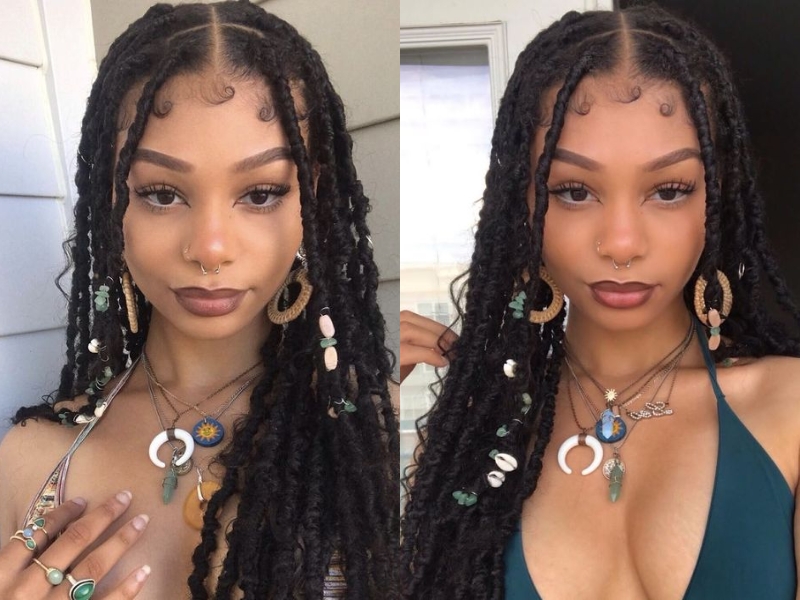
What’s the difference between braids and dreads? – Time commitment
Durability and Longevity
- Braids: While braids can last several weeks, they are considered a temporary style that will eventually need to be redone or removed as the hair grows out and the braids loosen. With proper care, braids can last anywhere from two to six weeks, but after that, they will typically need to be taken down to avoid damage to the hair.
- Dreads: Dreads, once fully formed, are much more durable and can last indefinitely with proper care. Because they are a permanent style, dreads don’t need to be redone like braids. However, maintaining healthy dreads requires regular cleaning, separation, and retwisting to prevent them from becoming too matted or merging together.
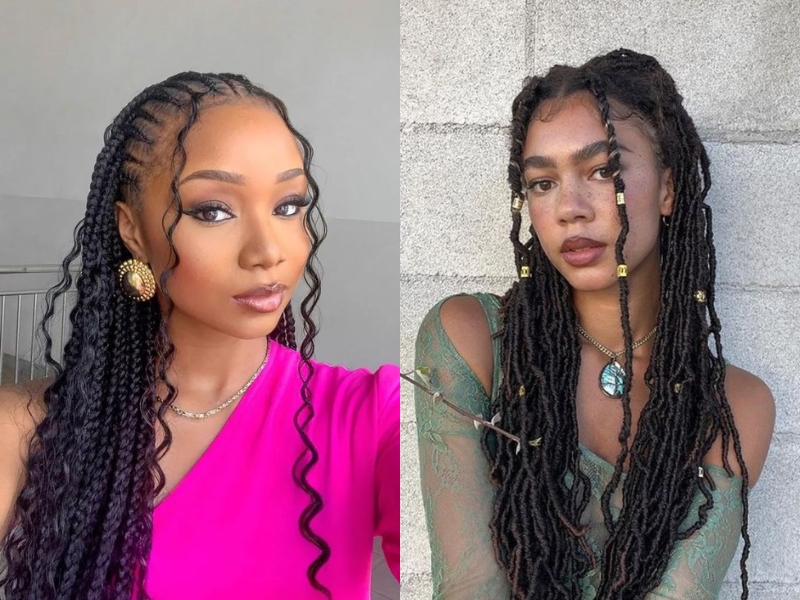
What’s the difference between braids and dreads? – Durability and longevity
Are Dreads and Braids the Same?
If you’re wondering, “Are braids and dreads the same thing?”—they are not. It’s important to clarify that while both styles involve sectioning the hair, they are fundamentally different in their technique and outcome. The look, feel, and cultural context of each style are distinct.
Braids are much more versatile and temporary compared to dreads, which are a commitment both in terms of time and maintenance. Although some people may wear dreads and braids together, they serve different aesthetic purposes.
Which One Is Right for You?
Now that we’ve explored what’s the difference between braids and dreads, it’s easier to decide which style suits you best. If you’re looking for something flexible and temporary, braids might be the better option. But if you’re ready for a more permanent change, dreads could be the right fit. Understanding the pros and cons of each will help you make an informed choice that aligns with your lifestyle.

Braids or dreads?
Conclusion
Now that we’ve covered what’s the difference between braids and dreads, you can better decide which style aligns with your preferences. However, if you’re looking to experiment without a long-term commitment, human hair wigs can offer you the best of both worlds. BIG G Hair provides premium-quality Vietnamese human hair wigs that allow you to try different styles, including braided and dreadlock looks, without altering your natural hair. Check out BIG G Hair to express your personal style!

